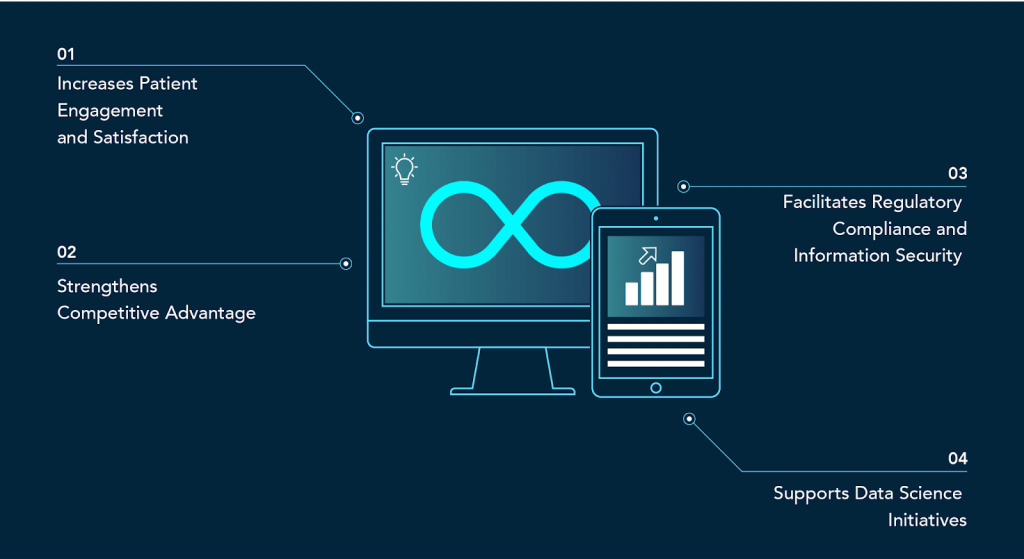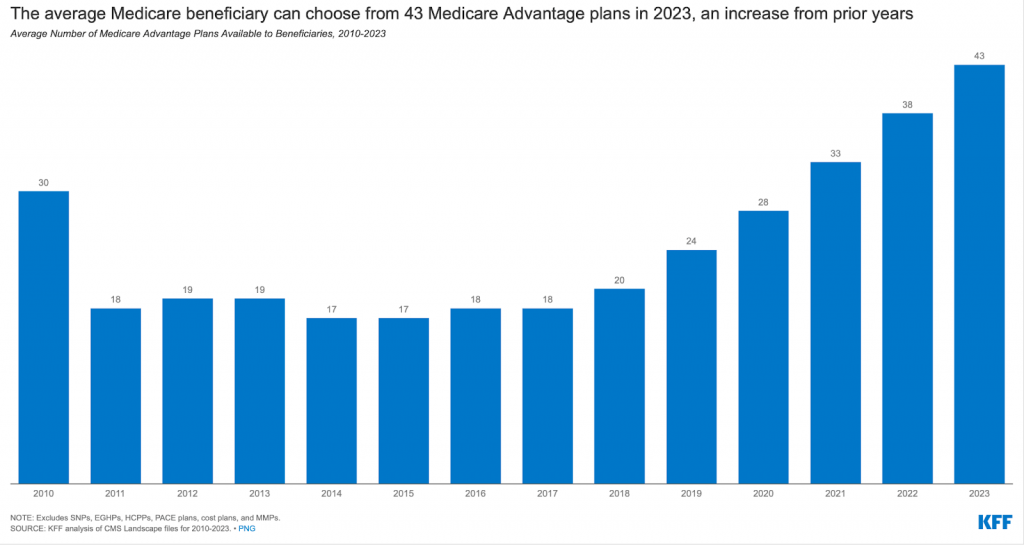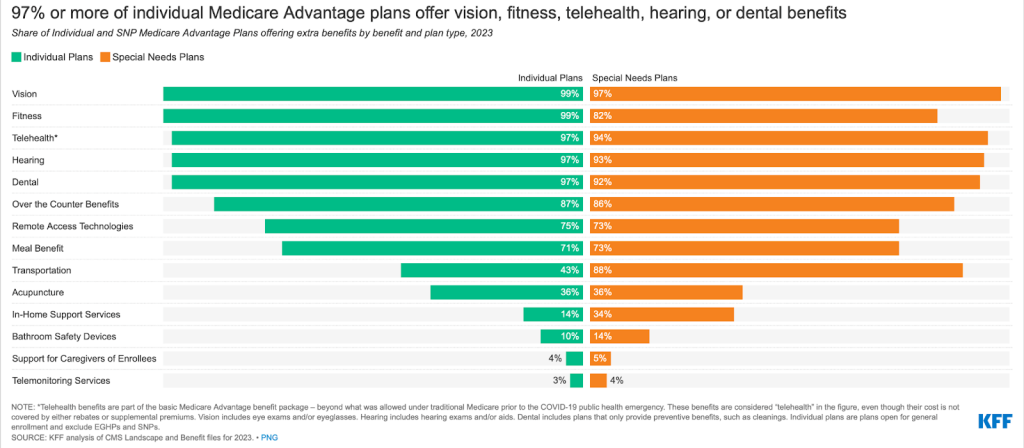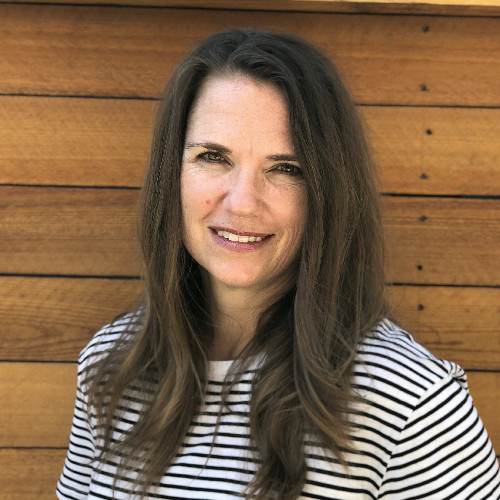The DevOps culture is implemented in several phases with the help of several tools. They are the following:
Continuous Planning
Naturally, the initial phase is to plan. The development team puts down a plan being aware of the application objectives that must be provided to the user. Budget implications and human resources are also studied during this stage.
Coding, Repository, Version Control
Once the plan is made, the coding begins. The development team works on the same code, and different versions of the code are stored in a repository. With the help of tools like get and merge when required. This process is called version control. It is the key aspect for developers to ensure coordination and control.
Automated Build. The code is then executable with tools like Maven and Gradle in the Build stage.
Test
After the code is successfully built, it is then tested for any bugs or errors. The most popular frameworks for automation testing are Gemini, Selenium, Travis CI, etc.
Set up
Once the code has passed several manual and automated tests, it is ready for deployment and sent to the operations team.
Operate
The operations team now deploys the code to the working environment. The most prominent tools used to automate these phases are Ansible, Docker, and Kubernetes.
Constant Feedback and Monitoring. After the deployment, the product is constantly monitored. With attention to every tiny detail and at a regular pace. This is the way to sustainability. Nagios is one of the top tools used to automate this phase.
Integrate
The feedback received after monitoring is sent back to the planning phase. And this is what forms the core of a DevOps life cycle. The Integration phase is mostly done via Jenkins. If the code passes the test, it is sent for deployment, and this is referred to as Continuous Integration. The software is provided with regular updates automatically and steadily.
Transition To DevOps And Its Nuances
There are several aspects to keep in mind for healthcare infrastructure managers for effective adoption of DevOps practices. In general, it is most challenging in huge companies with millions of members. Human-related points are usually the most problematic – not hi-tech. There is a lot of struggle to convince the need for organizational change and its value for future success. Organizational learning is crucial to make it possible for DevOps to succeed and bear fruit.
DevOps practices should be based on customer value.
The problem of companies that launch DevOps often lies in launching DevOps initiatives with poor or inadequate vision of business results. Administrative managers and company leaders must ensure the staff training and customers get the knowledge of the DevOps concept, and its value and only then introduce the new practice. Every step has to make business sense, and nothing is possible unless there is a refined vision of the end result.
Proper management of the organizational change
The team culture is one of the key human factors that affect a company’s ability to adjust to DevOps. Yet, healthcare institutions often focus too little on getting their employees on board with the upcoming transformation and instead drive most efforts on DevOps tools and tech. The truth is, tools are not able to fix a cultural problem. Therefore, developing the right attitude for adopting DevOps practices is the main task here where candidates show respect to the basic values of the in-house workflow, are reliable and constant learning is their professional standard.
Effective collaboration
Strong and rewarding DevOps efforts are only possible in partnership with all stakeholders. Very often, unfortunately, DevOps matters are narrowed to administrative authorities. This lack of coordination between teams and departments can lead every good initiative to its failure. That is why barriers should be broken down in favor of a friendly supportive atmosphere.
No hurry!
It is necessary to understand that a big-bang approach won’t work here. Single-step launching of DevOps practices means unnecessary risk and is usually just a waste of time and effort. DevOps means iterations and adjustments, especially when we talk about huge healthcare enterprises. A phased approach is a way to go here with its space for lifelong improvements and changes if needed. It is also required that all teams are collaborating as a friendly community sharing the same big purpose.
Relevant expectations of DevOps
Just like with trying hard to fit DevOps efforts into customer value, there is an imbalance in many companies between unrealistic expectations for DevOps and the final result. Marketing and management are steadily repeated affairs.
What may help here is coming to terms with goals and resources, numbers, and data. Defining, expecting, and satisfying value in an endless way.
DevOps as a ServiceDevOps on autopilot
CTO as a ServiceStregthen your team
Software testingEnsure software quality
Discovery phasePlan your priduct from a to z
Cloud ServicesGeneral information about healthcare cloud services
Google Cloud ServicesEnsuring confidentiality when working with medical systems
AWS Cloud ServicesServices specially designed for the healthcare industry
Microsoft Cloud ServicesPlatform processing, analyzing and sharing medical data






